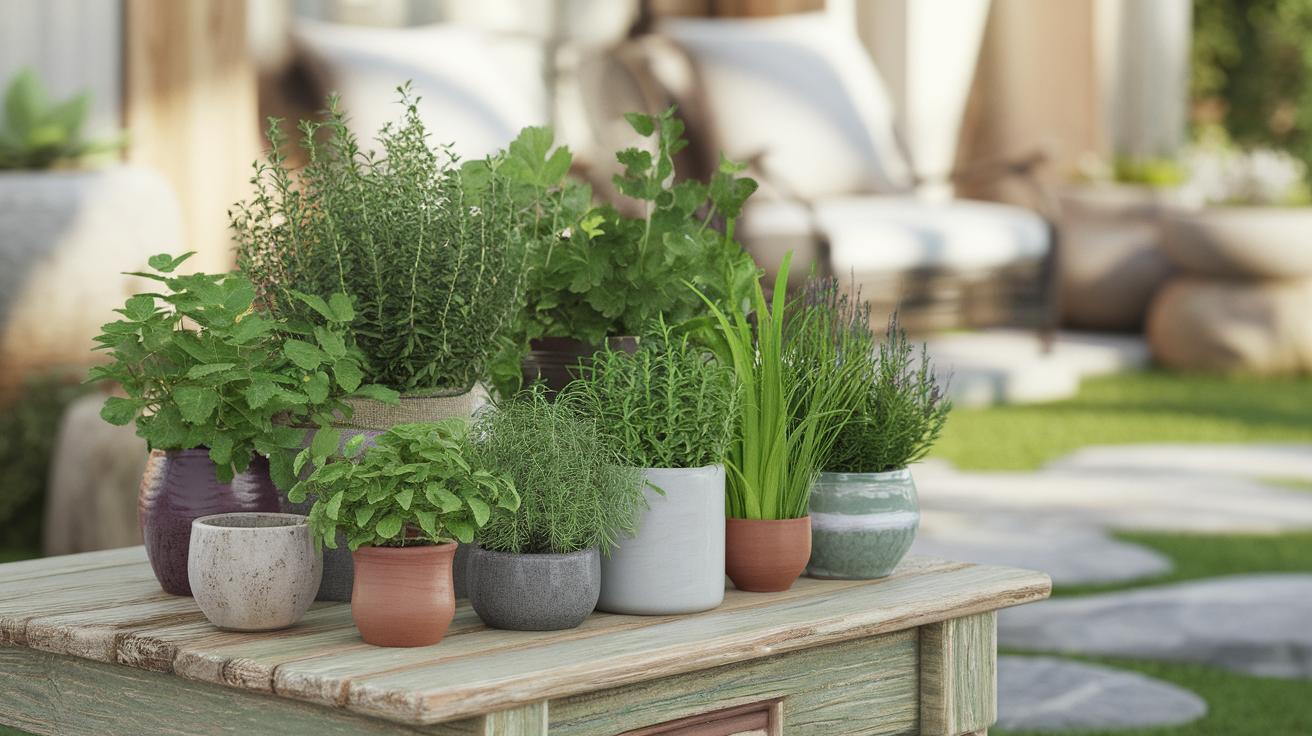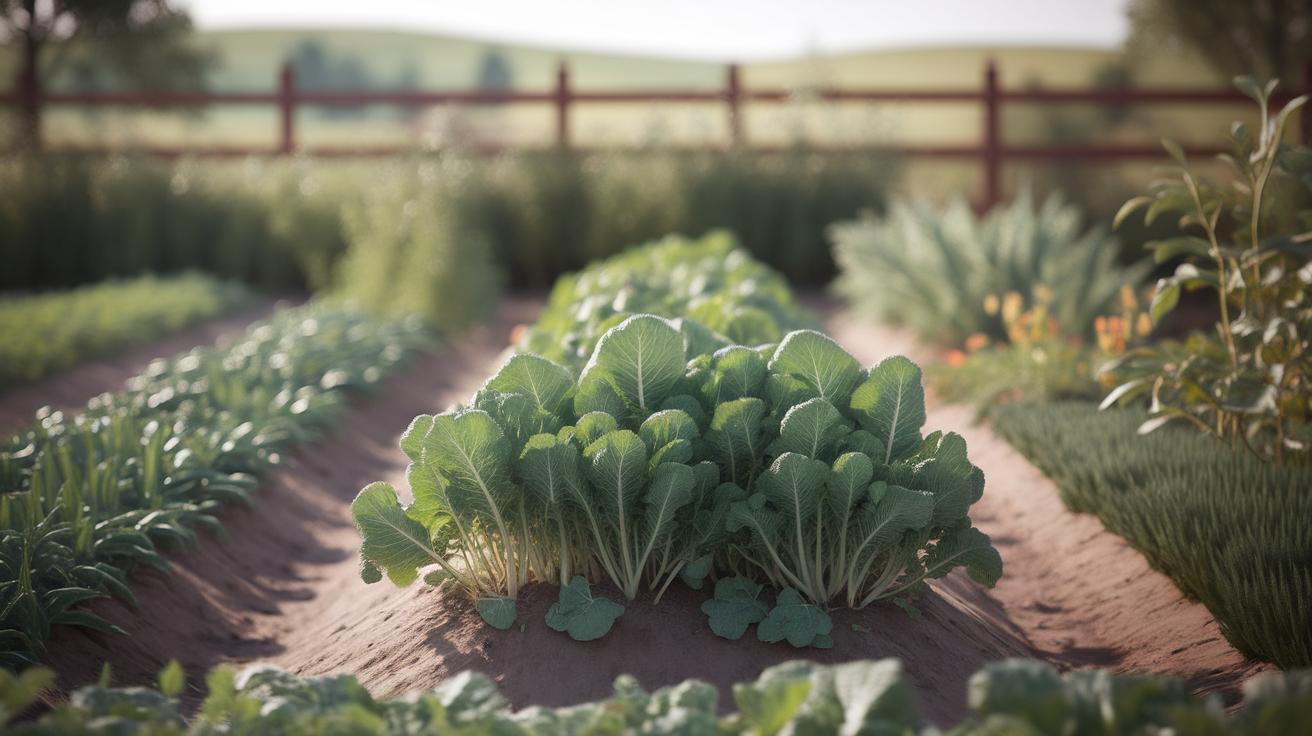Introduction
Creating an outdoor herb garden is not only a delightful way to enhance your meals but also presents an opportunity to engage with nature and foster a green thumb. A carefully curated herb garden can yield a variety of fresh flavors that elevate everyday dishes, making this setup an essential addition to any culinary enthusiast’s home. Choosing the right herbs and arranging them thoughtfully helps maximize space while ensuring that your garden thrives.
This blog post we look into the process of establishing a flourishing herb garden outdoors, examining the benefits of growing your own herbs, exploring design options, and providing essential tips for maintaining a healthy garden. By the end of this read, you will be equipped with actionable insights to cultivate an aromatic and vibrant herb garden in your open-air sanctuary.
Understanding the Importance of Herbs in Cooking
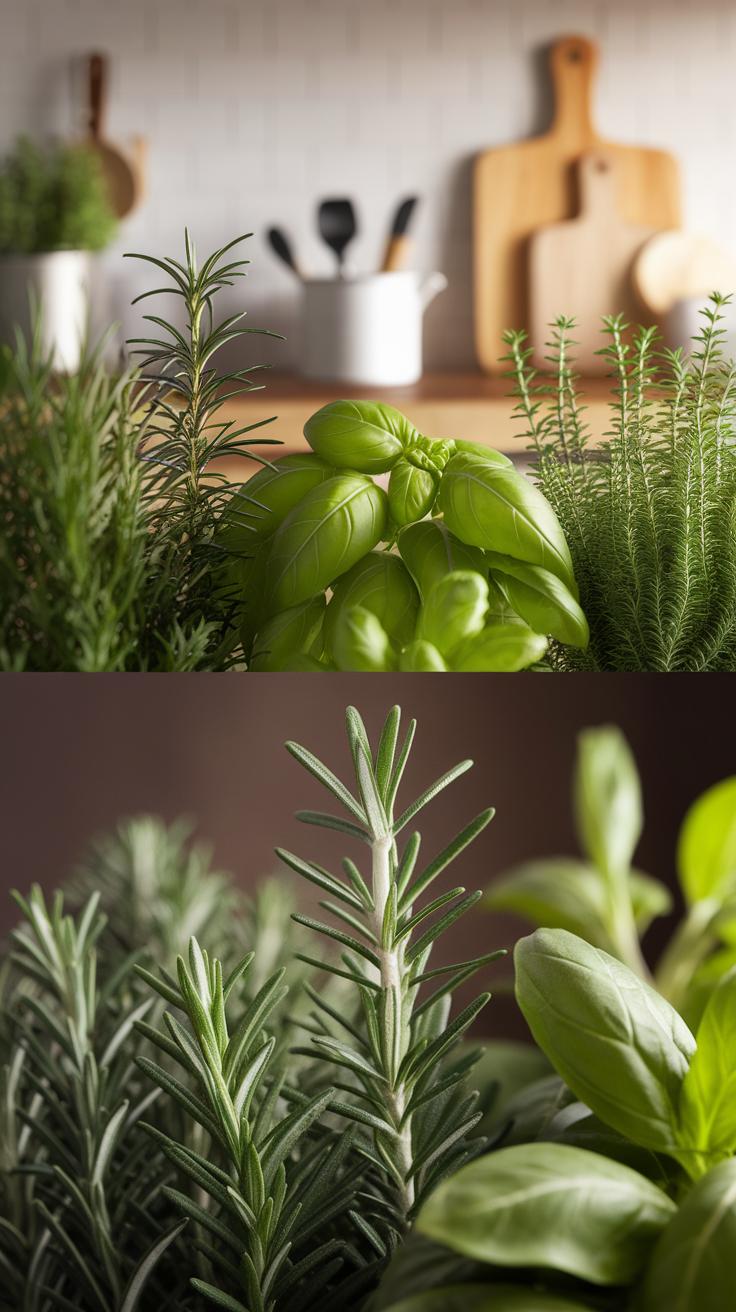
The Culinary Role and Historical Significance of Herbs
Herbs have played a pivotal role in cooking across cultures and centuries. These plants not only add distinctive flavors and aromas but also elevate the overall taste profile of dishes. In many traditional recipes, herbs serve as key flavoring agents that transform ordinary ingredients into delectable meals. They possess a historical significance as well, often intertwined with ancient healing practices, where herbs were valued for their medicinal properties. Nations have relied on specific herbs tailored to their regional cuisines, enhancing dishes’ authenticity and providing robust flavor foundations.
Health Benefits of Culinary Herbs
Incorporating herbs into your meals offers numerous health benefits beyond flavor enhancement. For instance, basil and oregano are known for their anti-inflammatory properties, while rosemary is rich in antioxidants. Herbs like parsley or cilantro can improve digestion, and thyme has been recognized for its antimicrobial effect. Utilizing fresh herbs from your garden not only elevates your culinary creations but also promotes a healthier lifestyle, offering nutritional advantages without the need for excess salt or artificial flavorings. Embracing these vibrant plants in your cooking can lead to a more health-conscious and flavorful diet.
Choosing the Right Herbs for Your Garden Fresh Flavors With An Herb Garden Outdoor Setup
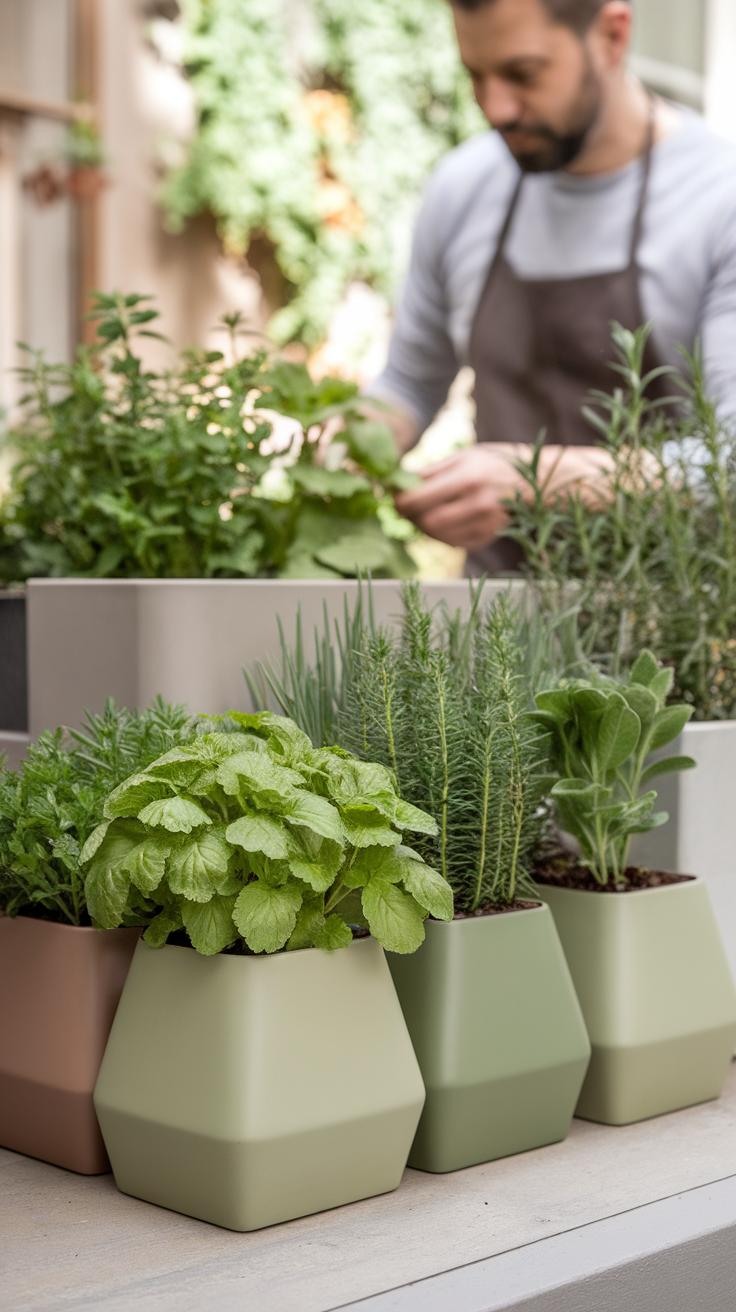
Selecting Herbs Based on Climate
Creating a thriving herb garden begins with selecting the right herbs suited for your local climate. Each herb exhibits unique preferences for temperature and sunlight. For instance, basil and parsley flourish in warm and sunny conditions, while mint and chives prefer cooler temperatures. Understanding your USDA hardiness zone can guide you in selecting herbs that are likely to thrive in your outdoor space and ensure year-round harvests.
Cooking Preferences and Space Limitations
Your culinary habits should also influence herb choices. If you enjoy Italian cuisine, consider planting herbs like oregano, basil, and thyme. For those who lean towards Asian flavors, cilantro and lemongrass are excellent options. Additionally, evaluate your available space; compact herbs like chives, which can grow in smaller pots, suit balconies or modest gardens. For larger spaces, a variety of herbs can be planted in dedicated garden beds, providing a rich tapestry of fresh flavors at your fingertips.
Designing Your Outdoor Herb Garden Key Elements for Fresh Flavors
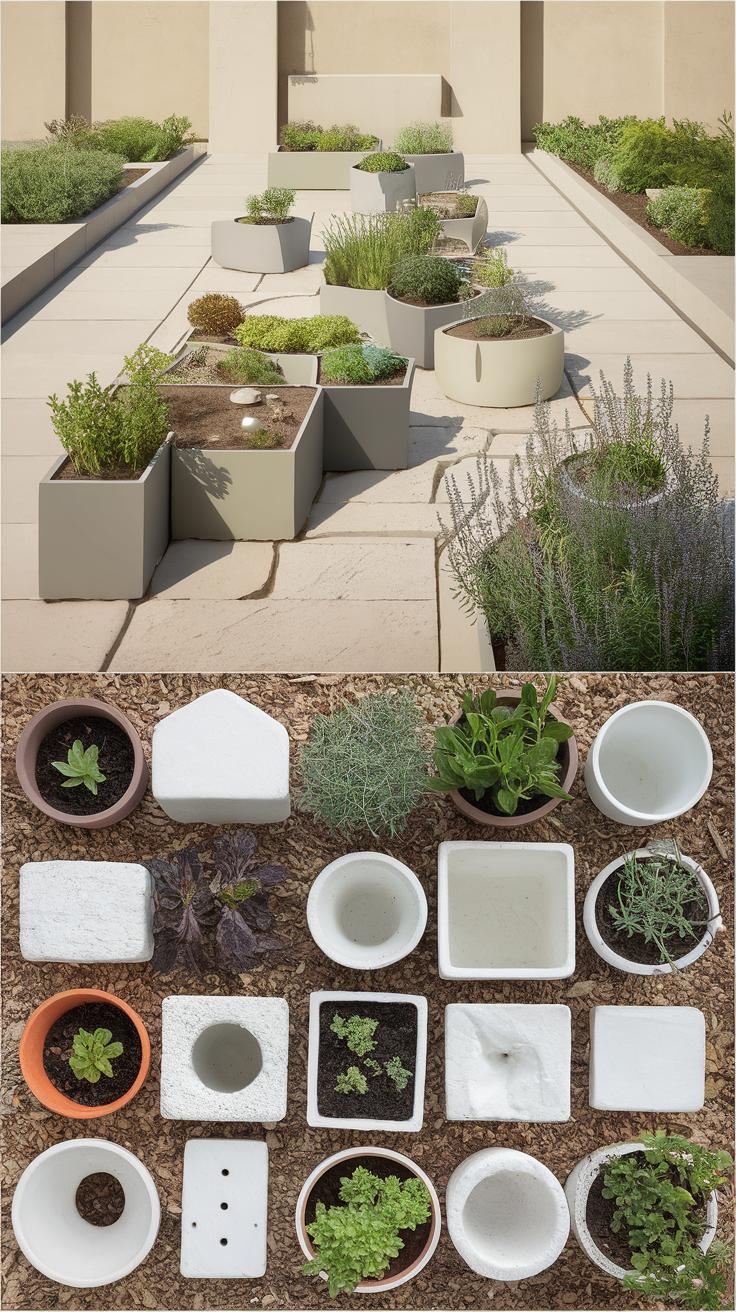
Creating a Visually Appealing and Functional Setup
Establishing an outdoor herb garden involves careful consideration of design elements to achieve both functionality and aesthetic appeal. Begin by selecting a suitable location that receives at least six hours of sunlight daily, ensuring the herbs flourish. Arranging the plants in a way that allows for easy access promotes regular harvesting, making your culinary endeavors effortless. A mix of heights will add depth; consider placing taller herbs like dill and fennel towards the back and shorter varieties like basil and chives in the front.
Incorporating pathways or stepping stones not only enhances accessibility but also adds a charming touch to the layout. Utilizing raised beds or containers can optimize space, particularly in smaller yards, while offering better drainage. Lastly, consider incorporating decorative elements, such as color-coordinated pots or an artistic trellis, to elevate the overall aesthetic of your herb garden.
Soil Preparation and Fertilization Techniques for Your Herb Garden
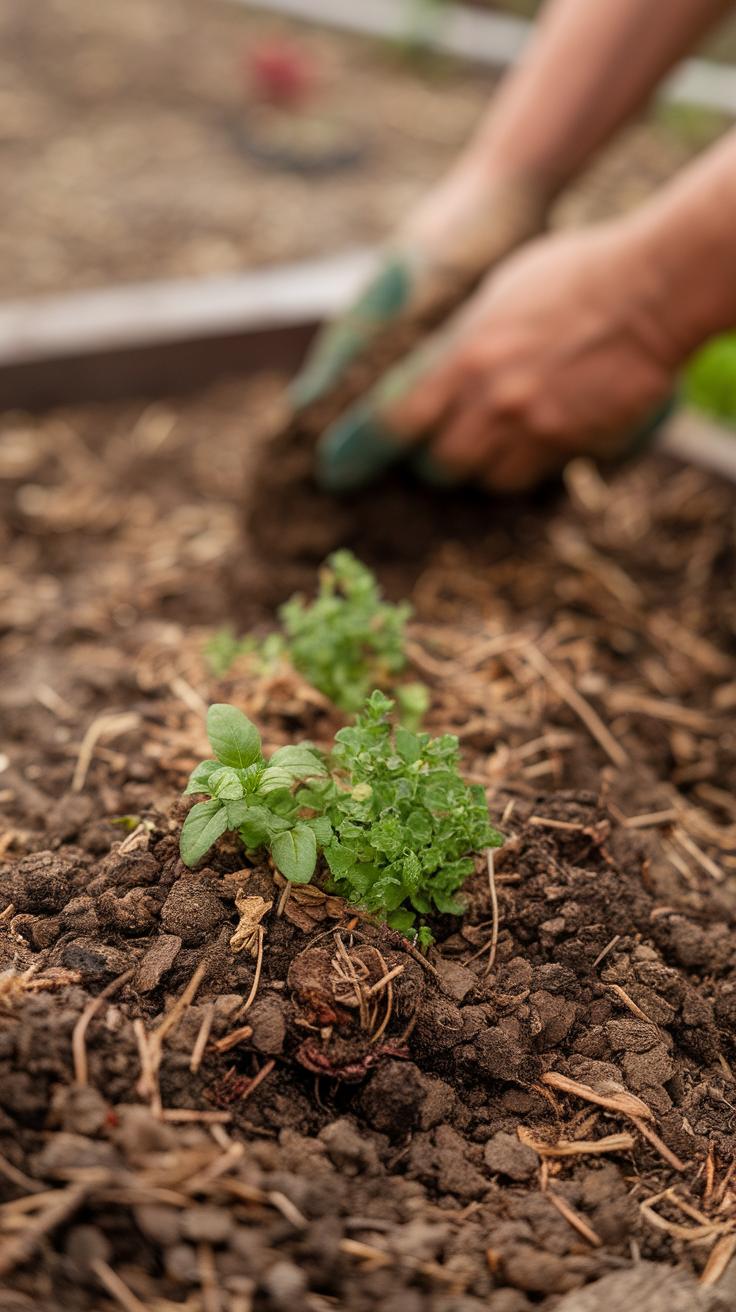
Creating the Ideal Soil Environment
Successful cultivation of herbs begins with proper soil preparation. Ideally, herbs thrive in well-draining, loamy soil rich in organic matter. A blend of sand, silt, and clay creates the perfect texture for roots to thrive while ensuring adequate airflow and drainage. Testing your garden soil will help you determine its pH level, which should ideally range between 6.0 and 7.0 for optimal herb growth.
Incorporating Organic Amendments
Improving soil health often requires the addition of organic amendments. Compost is an excellent choice, as it enriches the soil with essential nutrients while improving its structure. Incorporating well-rotted manure or worm castings can also contribute beneficial microorganisms that enhance soil fertility. Additionally, adding materials like peat moss or coconut coir can improve moisture retention, ensuring your herbs remain hydrated during dry spells. These techniques will pave the way for a thriving herb garden, setting the stage for fresh flavors in your culinary endeavors.
Planting Techniques and Timing for Your Outdoor Herb Garden
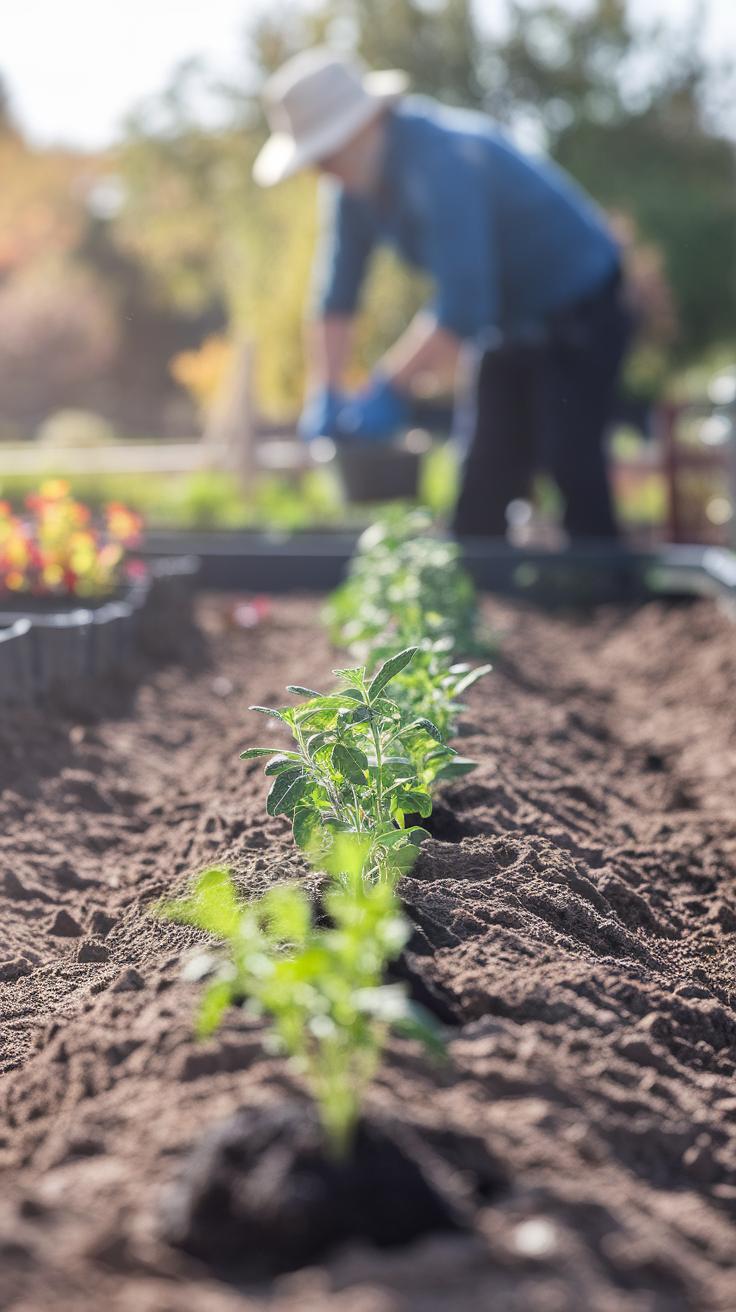
Optimal Planting Practices
Creating a thriving herb garden requires attention to timing and planting techniques. Begin by choosing the right season for sowing seeds; most herbs prefer springtime when the risk of frost has passed. This timing ensures they have the necessary warmth and light for successful germination. For instance, basil and cilantro benefit from being directly sown in the garden, while others like parsley can be started indoors before being relocated outside.
Maintenance During Initial Growth
Monitoring your herb garden during the early growth stages is vital for long-term success. Regularly check for signs of pests and diseases, as young plants are particularly vulnerable. Thin seedlings as they sprout to prevent overcrowding, allowing each one to receive ample sunlight and nutrients. Mulching around the base of the plants can help conserve moisture while suppressing weeds, ensuring that your herbs flourish from the very start.
Watering and Environmental Care for a Thriving Herb Garden

Effective Watering Strategies
Consistent watering is vital to nurturing a healthy herb garden. Aim for deep watering sessions, ensuring that moisture reaches the root zone, encouraging strong growth. Early mornings are ideal for watering, as this minimizes evaporation and allows plants to absorb moisture before the heat of the day sets in. Adjust frequency based on weather conditions; during hot spells, herbs may require daily watering, while cooler days can extend intervals between sessions. Implementing mulch around the plants can help retain soil moisture and reduce the frequency of watering.
Environmental Care Considerations
Creating a favorable environment for your herb garden involves more than just watering. Ensure plants receive adequate sunlight; most herbs thrive in at least six hours of direct sunlight daily. Soil quality is another crucial factor; utilizing well-draining soil with a balanced pH provides optimal conditions for healthy growth. Regularly check the soil moisture level to avoid overwatering, which can lead to root rot. Additionally, consider the effects of wind and temperature fluctuations; providing some natural barriers, like taller plants or fences, can protect more delicate herbs from harsh conditions.
Pest Management in Herb Gardens Protecting Your Fresh Flavors
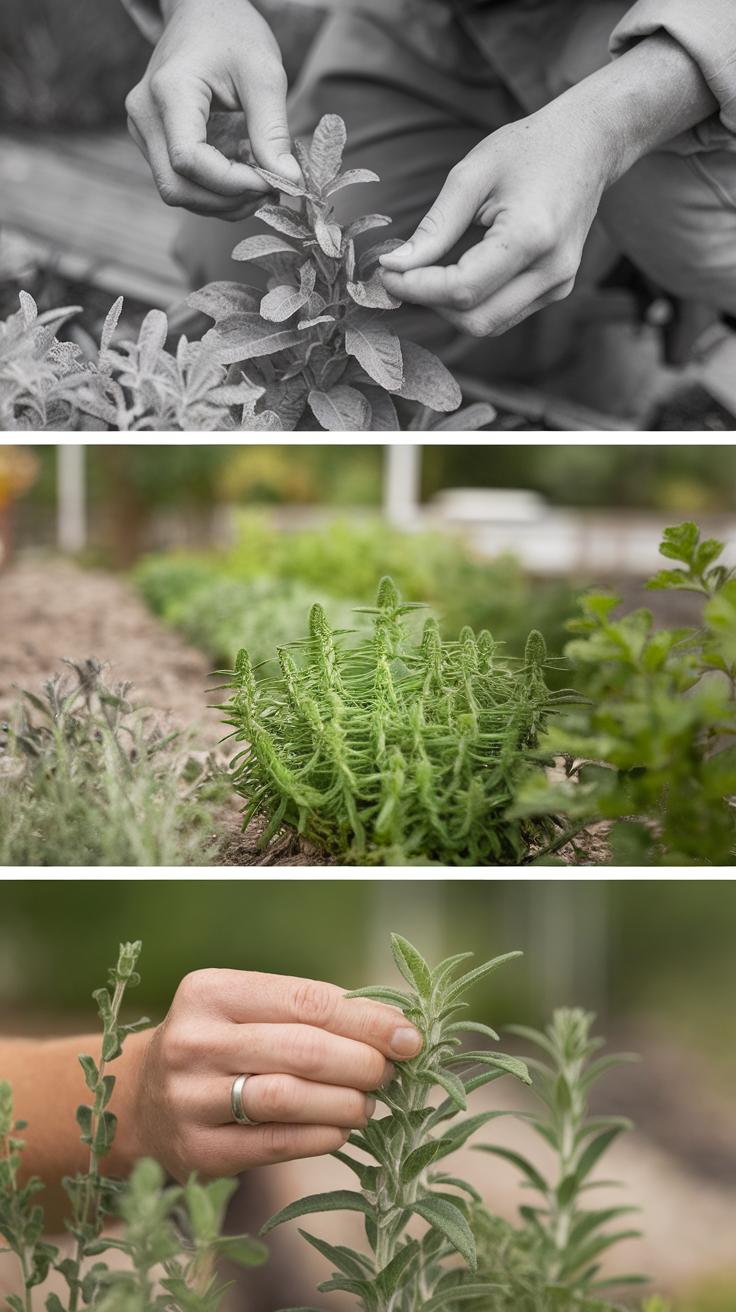
Pest Identification and Natural Strategies
Pest management is vital in maintaining a healthy herb garden while preserving the fresh flavors you aspire to create. Identifying common pests, such as aphids, spider mites, and whiteflies, can help you take the appropriate action. Keep a close eye on your plants; look for signs like distorted leaves or webbing. Once identified, employing natural management strategies can effectively protect your herbs without resorting to harmful chemicals.
Introduce beneficial insects such as ladybugs and lacewings, which prey on harmful pests. Spraying your herbs with a solution of water mixed with a few drops of dish soap can deter unwanted visitors. Companion planting is also an effective approach; herbs like basil and rosemary can repel certain insects when planted alongside others. By incorporating these strategies, your herb garden can thrive harmoniously, ensuring your culinary haven is both vibrant and safe.
Harvesting and Preserving Your Herbs Best Practices for Extended Use
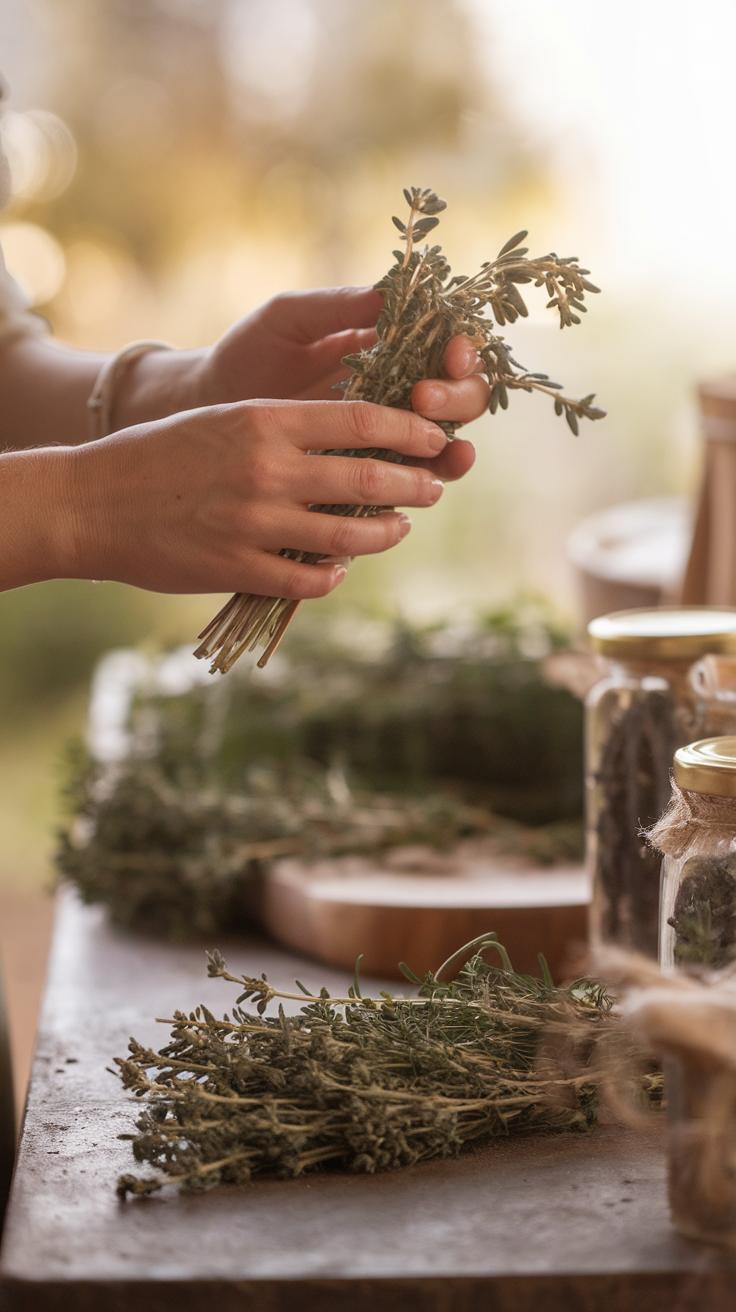
Harvesting Techniques for Maximum Flavor
Establishing a successful herb garden requires an understanding of the optimal techniques for harvesting. Timing is critical; herbs should be cut in the morning after dew has dried but before the sun peaks to preserve their essential oils. Always use clean, sharp scissors or garden shears to avoid damaging the plant. When harvesting, opt for removing the top leaves or stems. This encourages bushier growth and a more robust flavor in future harvests. Frequent harvesting also stimulates the plant, promoting new growth and maintaining flavor intensity.
Preservation Methods to Extend Freshness
Once harvested, preserving herbs can enhance their longevity and utility in the kitchen. Air drying is a traditional method that requires hanging herbs upside down in a well-ventilated area until fully desiccated. Alternatively, freezing herbs can lock in freshness; chopping them and placing them in ice cube trays filled with water creates convenient flavor cubes for future dishes. For those who prefer a more potent infusion, consider making herb-infused oils or vinegars. Whichever method you choose, ensuring proper sealing and storage will maintain the vibrant flavors you’ve cultivated in your outdoor herb garden.
Conclusions
Setting up an outdoor herb garden can significantly enrich your culinary experiences and promote a sustainable lifestyle. By selecting the right herbs, designing an aesthetically pleasing layout, and employing proper maintenance techniques, you can ensure a rewarding gardening experience that continuously produces fresh ingredients for your meals. Whether you’re an experienced gardener or just getting started, the possibilities with an outdoor herb garden are endless.
Embarking on this journey allows you not only to enjoy the fresh flavors of culinary herbs but also to connect with nature in your backyard. By nurturing your garden, you’ll cultivate a sanctuary of flavors, aromas, and colors that can inspire your culinary creations and elevate your outdoor space into a true oasis for relaxation and creativity.


